An hour later, right after sunrise, as commuters were just beginning to bustle into the city of Montreal, nine pairs of MiGs began letting down from 28 thousand feet toward St. Hubert with the sun rising like a brilliant white disc behind them. While the tower was expecting them, the radar station at RCAF Station Victoriaville was not. The 18 strange fighter aircraft had been tracked all the way from St. Percival Monitaire. A curious technician and avid aviation buff, stepped out to the balcony surrounding the radar dome with high-powered binoculars and trained them on the pairs of contrails trailing back to Quebec City hoping to get a glimpse of the fast movers that kept silent on the radio.
It took nine pairs of MiGs passing overhead on the letdown until he had convinced himself that he was indeed looking at the same MiG fighters he had seen numerous times in Flight magazine and in training films. He could not understand what he was looking at, but he knew what he had to do. He dashed inside and sounded an alarm that would send a pair of stand-by interceptors from their ready-hangars and launch them to intercept.

The nearest base equipped with defensive fighters was in fact St Hubert, where Swillka was leading his wing man into land. At two miles out he could see two CF-100 Canuck fighters emerge from the readiness hangar near the threshold of Runway 25, hell bent for leather. At one mile, he realized that they were about to turn directly onto the the very same runway he was about to land on. Powering up he banked left and took his wing man and eventually the two Redhawks of Red Fox 2 into a circle south of the field.
Just as the pair of CF-100s from 425 Squadron lifted from the runway, radio silence was broken by the tower and after some Dr. Strangelove-style convincing, the two “Clunks” formed with Swillka and escorted them back into the circuit. All 20 aircraft landed safely and without further incident. The event, that the RCAF had kept so secret, was recorded by a civilian on his way to work, but that photo would not be made public for few months until after the story broke.
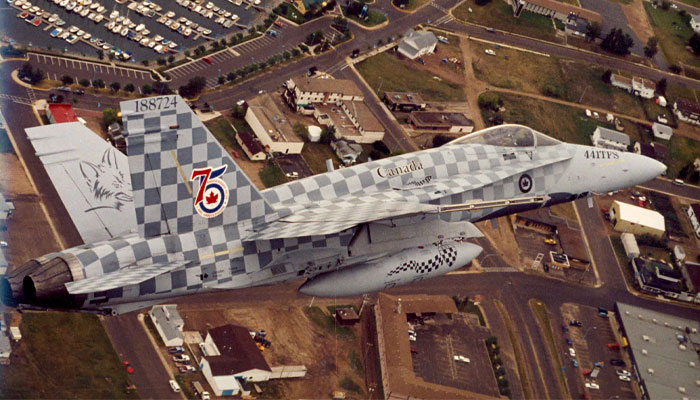
From St. Hubert, the short legged MiGs hopped across the country with fuel stops at RCAF Stations at North Bay, Goderich, Port Arthur (civilian), Portage La Prairie (where they over-nighted), Moose Jaw and and finally RCAF Station Cold Lake, Alberta, where they would begin exercises within a few days. To this very day, hanging on the wall in the Flight Commander’s office in Portage la Prairie is a “Remove Before Flight” streamer from one of the pitot tubes. The ground start crew, being somewhat unprepared or trained to handle the MiG, removed it and “forgot” to place it in the on-board bag. It is one of the few reminders we have today of the Redhawk Program.
The base was far enough from prying eyes and associated with the immense Primrose Air Weapons Range. The heavily forested terrain of this facility resembles Eastern European topography. With its unrestricted airspace, Cold Lake’s Primrose Air Weapons Range was considered to be one of the finest combined air operations training ranges in the world. It would be over this rugged and unpopulated 12,000 square kilometer playground that Swilka and his Red Fox formations would train and exercise over the next few of months. At the end of each day, they would retire to their mess, nicknamed “The Den” to discuss tactics and share the knowledge of MiG-21 care and feeding. All loved the low altitude, supersonic dashes they made just above the tree tops. The aircraft handled well and accelerated like a rocket, but they all came to dislike the poor rearward visibility, and above all the short time aloft when afterburners were lit. If a Redhawk had consumed more than two thirds of its onboard fuel, the centre of gravity shifted dangerously aft. This could cause a dangerous tendency toward uncontrollability. Aggressive handling by experienced RCAF pilots saved more than a few losses of control, and overall the pilots had to be more delicate the more fuel was expended – a bad thing if you were attacked near the end of your flight.

The first big exercise at Cold Lake was Rolling Cossack in late July. This pitted 441’s Redhawks against 433 squadron’s CF-100 two seat interceptors. With a second pair of eyes in the back, the Clunks proved reliable and up to the task of finding and dealing with Redhawk attackers. The far greater experience on type for the 433 Gigalos was the reason they dominated. Regardless of the outcome for 441, they gained deep experience in flying and fighting with the Redhawk.
It was the second major training exercise, Perogy, conducted in late August that caused a major crisis between Canada and the United States. Now, the RCAF knew it was a matter of time before the US learned of the Redhawk Program, in fact they were surprised that they had managed to keep a lid on it so long. But during the Perogy exercise, two major events happened – one of the Redhawks finally fell victim to its desire to consume fuel and flamed out south of Cold Lake near the small hamlet of Glendon, Alberta.
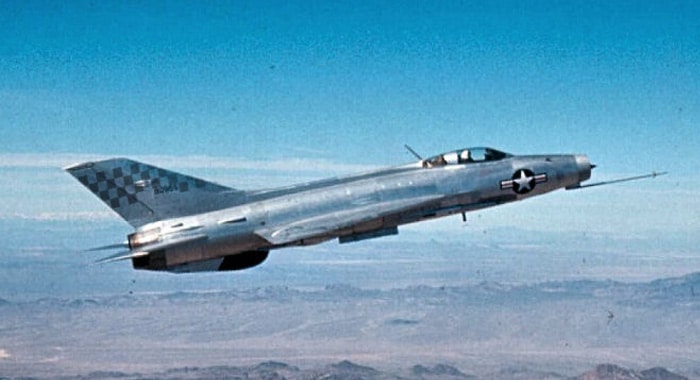
The other more dramatic event was discovery and the end to the secrecy. A four-ship of 441 Redhawks separated from Exercise Perogy to train for a display the Canadian National Air Show in Toronto the following week. It was to be the public debut of the new fighter. Red Fox 21, the 4-ship formation, was photographed by an American serviceman on a camping trip to Alberta. Within days, the jig was up. The grainy photograph of four Redhawks in a tight formation streaking low past a hill top near Moose Lake was pasted onto the front page of every newspaper in America, Canada and Europe. To say the least, everyone save then“Hunter Boys” and the Soviets were stunned.
The New York Times printed the headline “Canadian Plot Foiled – US Airman Saves Nation”, while the Chicago Tribune ran with a simple “Canadian Communist Shocker” and the Washington Post used a double entendre “Bordering on Evil – Soviet Fighters Amass at Border”. Canadians and American diplomats were scrambling to understand what had just taken place. Security focus for the US turned 180 degrees from Cuba to Canada in one day. For the next week, U-2 flights were ordered day and night over Canadian military bases and Canada was unable to stop them. National Guard Units from Maine to Montana were mobilized and infantry units, mechanized units, and Bomarc SAM missile batteries began to pile up along the 49th Parallel.
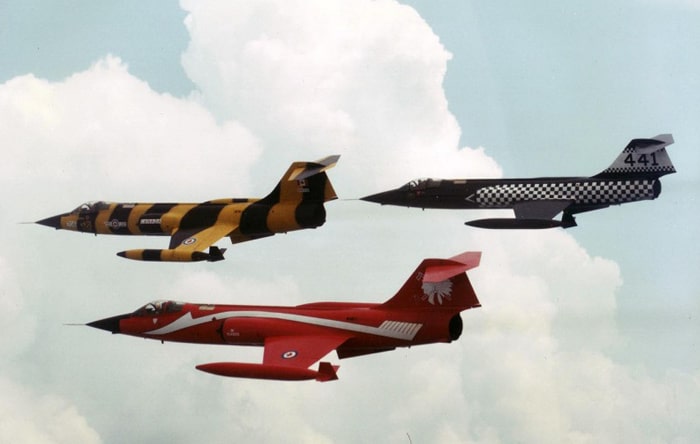
In his emergency speech to the Union on September 24th, 1960, President Eisenhower blamed the entire diplomatic quagmire on the Military Industrial Complex, a phrase he would use again in his more famous goodbye speech in 1961. It was his Vice President, Richard Nixon, who spat more acidic invective and inflammatory comments. His rather creative and famous “Soviet Canuckistan has dropped the Iron Curtain along the 49th and the United States of America will tear it down and wipe Canada clean with it.” sent massive shivers rippling through Parliament.
The US sent a delegation that included all members of the Joint Chiefs of Staff and Secretary of State Christian Hirter, to Ottawa in October and they laid out a rather simple two point ultimatum. Get rid of the MiGs by February 1961, Sack the those responsible. Canada, as Canadians do, promised to have a feasibility study done but first would have to create a Parliamentary Inquiry just a soon as Members of Parliament got back from the Christmas recess which began on November 3rd and ran until January 16th. Then they would look into the matter and most likely create an Ombudsman who would look after American complaints of this nature. Once that person was chosen, and a budget appended, work could begin on designing a process for assuring compliance with national communication standards as out lined by Treasury Board. Then and only then could headway be made in addressing the shape and size of the meeting table and seating plan for delegates from both countries.
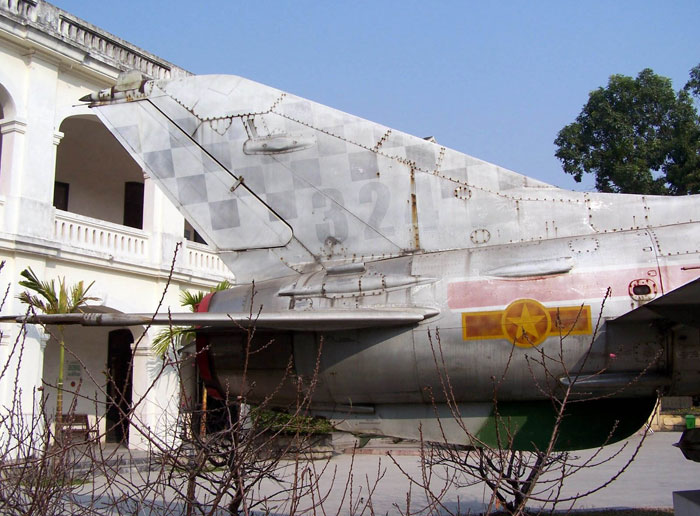
Once all the mechanisms were in place to create a “transparent” process and the highest levels of “accountability”, mid-level bureaucrats would take over the day-to-day mechanics of the process and free politicians up to deal with issues of governance and rule of order. This mind-numbing bureaucracy and attention to the minutia of process had the narcotic effect of slowing down the pressure, taking the edge off the wrath and wearing down even bullies like General Curtis Lemay.
By January of that year, President Kennedy had been inaugurated and the promise that was Camelot warmed negotiations and opened doors between both nations.
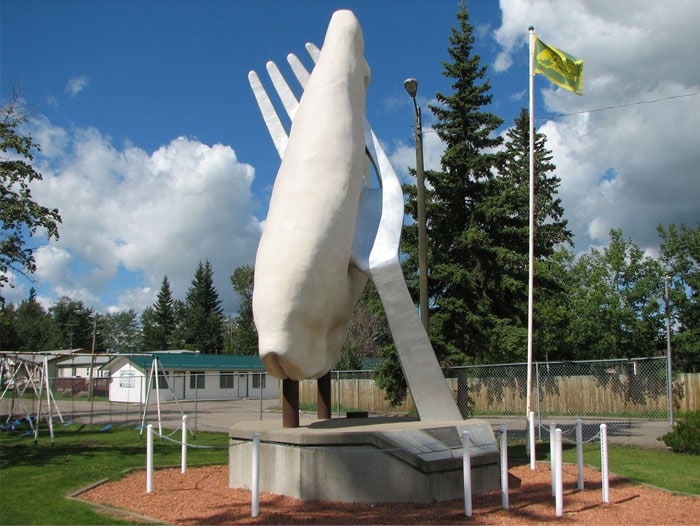
The term “shuttle diplomacy” was first coined during the Redhawk Incident, as delegations flew back and forth between Washington and Ottawa. By mid-May of 1961, rhetoric was cooling down, deals were struck and the process of untangling the diplomatic knot had begun. If Canada guaranteed the end of the Redhawk Program by mid-summer, the united States would back demobilize troops along the border, allow some America aircraft to be license-built in Canada, and seriously consider socializing their health care system.
Though the United States demanded the immediate withdrawal of all Redhawks from North American soil, they asked that one CF-121 be delivered to Edwards AFB in California for test and evaluation.

While all this was going on, 441 Squadron pilots continued to fly the Redhawk to gain experience of the Soviet machine they knew would pay off in the years to come. The flying was curtailed throughout May and June, and then the program was abruptly cancelled, though unlike the Arrow, everyone knew it was coming – including the Soviets. The 441 pilots were in demand across the west to lecture NATO crews on the merits and drawbacks of the MiG-21. The Soviets kept a low profile throughout the turmoil, hugely embarrassed by their naive and somewhat gleeful misread of the possibilities of a trans-polar alliance. The last two Redhawks, which were still on their way by freighter, were never delivered.
The Hunter Boys were revered within the halls of DND headquarters, but an example was to be made. Roe would retire into oblivion and all the younger officers were manning radar screens on the DEW line by summer’s end.
It was the darkest time in Canadian-American relations since the war of 1812, but we became closer for it.
D.H. Yellamo

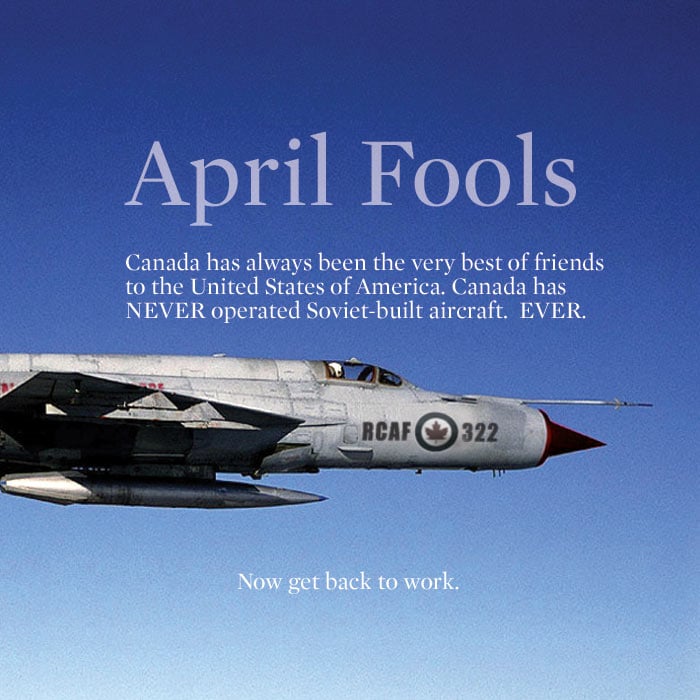
Special thanks to Dave O’Malleynof Vintage Wings of Canada.

